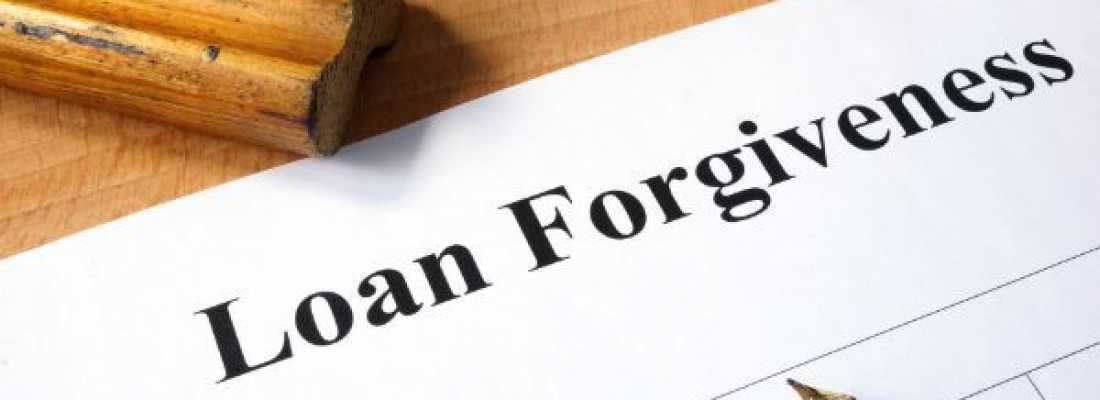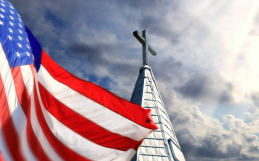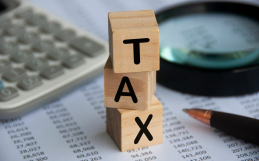On May 15, 2020, the Small Business Administration (SBA) released the Paycheck Protection Program (PPP) Loan Forgiveness Application with detailed instructions for borrowers on how to apply for forgiveness of their PPP loans.
On the heels of the release of the new application came the PPP Loan Flexibility Act, which was signed into law on June 5, 2020. The Act gives borrowers more time to in which to use their loans and still obtain forgiveness. Highlights of the PPP Loan Flexibility Act include:
- Time to spend loan proceeds has been extended to 24 weeks, from the previous 8 weeks. Borrowers now have until December 31, 2020, to restore their workforce to pre-COVID-19 levels to achieve full loan forgiveness.
- The level of mandatory payroll spending in order to receive loan forgiveness has been reduced to 60% from the prior level of 75%.
- Borrowers can still obtain full forgiveness of their PPP loans even if they do not fully restore their workforce due to two new exemptions: (1) may reduce workforce requirements due to inability to find qualified employees; or (2) if the borrower was unable to restore operations to their pre-COVID-19 levels as of Feb. 15, 2020.
- If loans are not forgiven, the period in which borrowers must repay a PPP loan has been extended to five years, from the original two years.
- PPP loan borrowers are now allowed to delay paying payroll taxes.
On June 8, 2020, the SBA said it would “promptly” issue a modified loan forgiveness application as well as rules and guidance to reflect changes to the PPP loan program from the PPP Loan Flexibility Act. The documents will help borrowers seek forgiveness at the end of the 24-week covered period, which begins with their loan disbursement.
According to the SBA, the form and instructions aim to reduce compliance burdens and simplify the process for borrowers by including:
- Options to calculate payroll costs using an “alternative payroll covered period” that aligns with a borrower’s regular payroll cycles.
- Flexibility to include eligible payroll and non-payroll expenses paid or incurred during the 24-week period after receiving their PPP loan.
- Step-by-step instructions on how to perform the calculations required by the CARES Act to confirm eligibility for loan forgiveness.
- Borrower-friendly implementation of statutory exemptions from loan forgiveness reduction based on rehiring by December 31.
- Addition of a new exemption from the loan forgiveness reduction for borrowers who have made a good-faith, written offer to rehire workers that was declined.
Borrowers are responsible for calculating the total amount of loan forgiveness and must provide necessary documentation with their forgiveness application to their lender. The lender must then conduct a “good faith” review of the application and supporting documents, which may include a payroll report from a third party provider or, in lieu of such a report, cancelled checks, utility bills and lease agreements.
The Church Law Center of California advises churches and other nonprofits on how to protect themselves from risk while furthering their mission, especially in times of crisis. If you have questions about how to mitigate risk and protect your organization during the COVID-19 crisis, call us today at (949) 892-1221 or reach out to us through our contact page.






